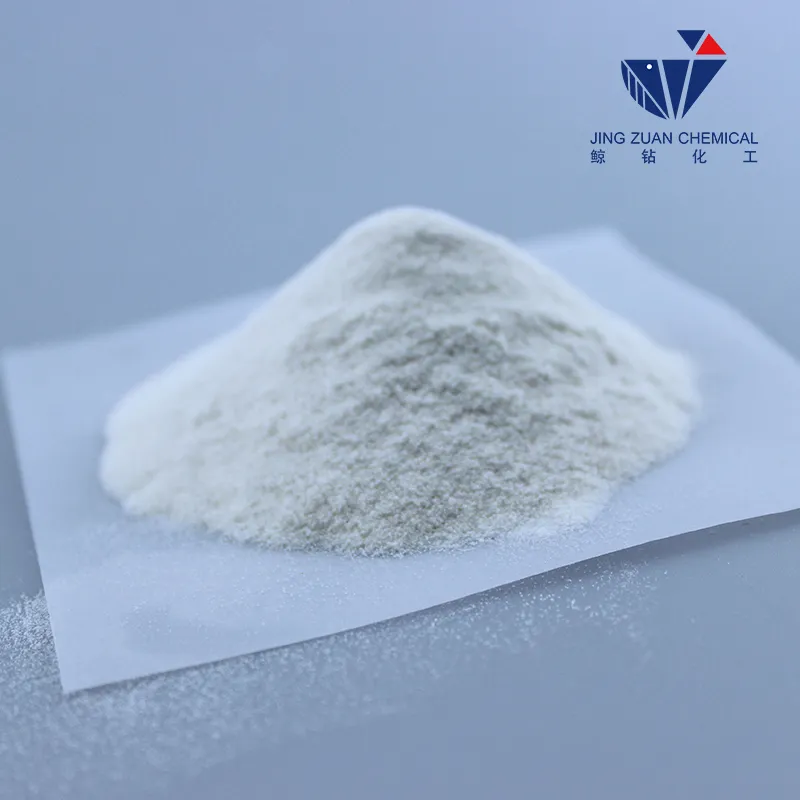
Dec . 01, 2024 00:37 Back to list
Applications and Benefits of Hydroxypropyl Methylcellulose in Various Industries
Uses of Hydroxypropyl Methylcellulose
Hydroxypropyl methylcellulose (HPMC) is a widely used polymer derived from cellulose, a natural polymer found in plant cell walls. Its unique properties make it a popular choice in various industries, including pharmaceuticals, food production, cosmetics, and construction. This article explores the diverse applications of HPMC, as well as its benefits and safety considerations.
Pharmaceutical Applications
In the pharmaceutical industry, HPMC is primarily used as a thickening agent, binder, and controlled-release agent in drug formulations. Its ability to form gels in solution makes it an excellent excipient for tablets and capsules. It helps maintain the stability of active pharmaceutical ingredients (APIs) and enhances their bioavailability. Additionally, HPMC is instrumental in the production of small-scale, sustained-release devices, allowing for extended medication release over time. This feature is particularly beneficial for complex drugs that require precise dosing, minimizing the risk of side effects and improving patient compliance.
Moreover, HPMC is employed in ophthalmic formulations, such as eye drops and gels, due to its lubricating properties. It helps retain moisture on the eye's surface, alleviating symptoms in dry eye patients. The polymer's non-toxicity and biocompatibility make it an ideal choice for sensitive applications in healthcare.
Food Industry Uses
In the food industry, HPMC serves multiple purposes as a thickener, emulsifier, and stabilizer. It is commonly used in gluten-free and low-fat food products, helping to improve texture and mouthfeel while enhancing moisture retention. Its gelling properties also make HPMC a popular ingredient in sauces, dressings, and desserts, where it contributes to the desired consistency and prevents separation. Additionally, HPMC can replace fat in certain applications, thereby providing a healthier alternative without compromising on sensory attributes.
Many food manufacturers appreciate HPMC's versatility because it meets various dietary needs, being non-allergenic and suitable for vegetarians and vegans. Its approval by food safety authorities around the world adds to its attractiveness as a food additive.
Cosmetic and Personal Care Products
uses of hydroxypropyl methylcellulose

HPMC is frequently incorporated into cosmetic and personal care formulations due to its thickening, emulsifying, and film-forming properties. It is commonly found in creams, lotions, shampoos, and conditioners. By enhancing texture, HPMC provides a luxurious feel and improves product stability, ensuring uniform distribution of active ingredients.
Additionally, HPMC forms a protective film on the skin or hair, imparting moisturizing benefits and reducing trans-epidermal water loss. This property is particularly valued in moisturizers and hair care products aimed at dry or damaged skin and hair. Its ability to provide a soft, smooth feel enhances product appeal to consumers.
Construction Industry Applications
In the construction sector, HPMC is used as a thickener and water-retention agent in cement-based mixtures. It enhances the workability and consistency of mortars and plaster, allowing for easier application and improved adhesion to surfaces. HPMC also helps to prevent premature drying and cracking of these materials, ensuring the longevity and durability of construction projects.
Furthermore, HPMC's water-retention ability contributes to the overall strength of construction materials, making it a valuable additive in tile adhesives and grouts. Its properties help maintain moisture levels during the curing process, facilitating optimal hardening and reducing the likelihood of defects.
Safety and Environmental Considerations
HPMC is generally recognized as safe (GRAS) by regulatory authorities, including the U.S. Food and Drug Administration (FDA) and the European Food Safety Authority (EFSA). Its non-toxic nature, biocompatibility, and biodegradability make it an environmentally-friendly choice across various applications.
In conclusion, hydroxypropyl methylcellulose is a versatile polymer with numerous applications across multiple industries. Its unique properties of thickening, gelling, and emulsifying enhance product performance in pharmaceuticals, food, cosmetics, and construction. As demand for sustainable and effective ingredients grows, HPMC is likely to maintain its significance and continue to play a crucial role in innovation across various sectors.
-
Versatile Hpmc Uses in Different Industries
NewsJun.19,2025
-
Redispersible Powder's Role in Enhancing Durability of Construction Products
NewsJun.19,2025
-
Hydroxyethyl Cellulose Applications Driving Green Industrial Processes
NewsJun.19,2025
-
Exploring Different Redispersible Polymer Powder
NewsJun.19,2025
-
Choosing the Right Mortar Bonding Agent
NewsJun.19,2025
-
Applications and Significance of China Hpmc in Modern Industries
NewsJun.19,2025







